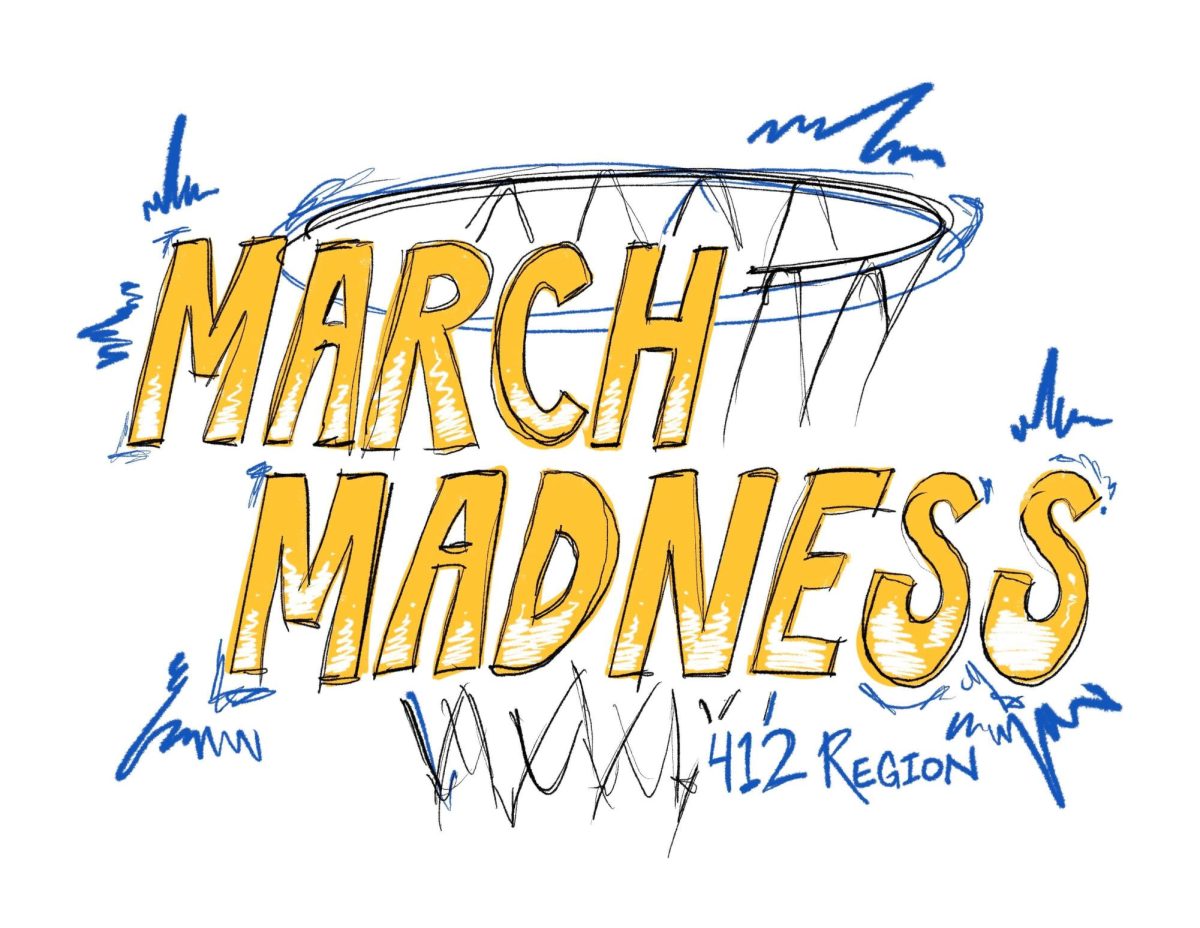Kozlowski: Sensationalize this — Nuclear fears overblown
March 22, 2011
When you choose to read a newspaper column, are you more likely to read one that says “the… When you choose to read a newspaper column, are you more likely to read one that says “the press has held a great deal of importance and blah blah blah”? Or would you rather read something that opened, “We’re all going to die, and it’s all the media’s fault!”?
Nobody understood how popular and influential controversy could be better than William Randolph Hearst. The infamous 19th century newspaper publisher used his position to further his hope of a war between the United States and Spain, famously cabling the sentence “you furnish the pictures, and I’ll furnish the war.” Whether or not we would have gone to war with Spain without the frenzied exhortation of the sensationalist “yellow press” is an open question. But one thing is sure — Hearst and others certainly helped to unite public opinion in favor of the Spanish-American War.
We often like to think of ourselves as more enlightened and less foolish than those of the Victorian era, especially those who got excited without being in full possession of the facts. We also like to think that our press has evolved and never fans the flames of hysteria. Yet as the press coverage and public reaction to the crisis at the Fukushima Daiichi nuclear plant in Japan demonstrates, both of these senses of superiority are misplaced.
Elements of the press have behaved irresponsibly in their coverage of the nuclear crisis, making the situation appear more dire than it actually is. Instead of looking for the entire story, both Chinese and U.S. citizens have panicked about a threat of radiation that is not imminent in either of their countries, and some are taking measures that might end up being harmful to their health.
First, consider the media overreaction. A New York Times headline on March 16 screamed, “Last Defense at Troubled Reactors: 50 Japanese Workers,” and a Wall Street Journal headline the following day was “U.S. Sounds Alarm on Radiation,” with the story suggesting that the U.S. was deeply concerned about levels of radiation in Japan and quoting the EU energy chief as saying the Fukushima Daiichi site was “effectively out of control.” The New York Times on March 17 even went so far as to quote an unnamed source who said of the efforts to cool the spent fuel rods in the plant that “[w]hat you are seeing are desperate efforts — just throwing everything at it in hopes something will work.” The U.S. Surgeon General also rather dopily said that buying potassium iodide in the U.S. was not a bad idea.
And then there was that inevitable slew of articles in the paper about Chernobyl that ran next to the Japan stories. While the middle of the average article might tell us that the odds of Chernobyl II is roughly zero, the constant comparison between the current serious situation and the catastrophically bad one in Ukraine in 1986 makes an impression on people.
Yes, the overall situation in Japan — when taking the aftermath of the earthquake and tsunami into account — amounts to a serious humanitarian crisis, but the nuclear incident should not overinflate well-deserved concern.
In fact, The International Atomic Energy Agency updates since March 18 have indicated that the situation has not changed substantially, that Tokyo was not under any sort of threat from radiation, Godzilla was not anywhere in the picture and so forth. The IAEA also noted that the isotope of most concern, radioactive iodine, has a half-life of 8 days, meaning that although potential radioisotope contamination is bad now, in a few short months it won’t be. In short, the IAEA said that while the situation was and remains serious, it shouldn’t be cause for widespread panic. Heck, if you bothered to read The New York Times article that quoted the unnamed source carefully enough, it also seems like that 19-mile exclusion zone the Japanese government put into place was just about right, and the U.S. 50-mile exclusion zone was merely an additional precaution on our part.
The public reaction to scary headlines was a very human one: Needless panic. Chinese citizens rushed out to buy bags of salt, hearing that the iodine in them could protect against possible thyroid damage. It doesn’t, unless of course you find the right type of iodized salt and consume heapfuls. What protects against thyroid damage is potassium iodide, which U.S. consumers were demanding in large quantity despite the facts that Hawaii is 3,800 miles away from the reactor site, the West Coast is nearly 5,000, and President Barack Obama and other officials were urging people not to worry. There is zero cause for alarm from U.S. citizens. And yet, we are alarmed.
An atmosphere of widespread alarm can cause serious harm. For one thing, those iodine tablets shouldn’t be taken for kicks, as scientific literature indicates that they can cause problems for people with allergies or thyroid conditions. When U.S. consumers buy potassium iodide, this also means less is available for people who might actually need it. Beyond this immediate impact, the alarm over the Fukushima reactor is going to color the debate we are no doubt going to have about the future of nuclear power in this country. Though this is a debate worth having, it cannot be conducted rationally in an atmosphere of widespread terror and incomplete comprehension. During this debate we will have to ask ourselves whether the benefits of nuclear power are worth its risks. We cannot come up with a reasonable answer to this question if the risks are not represented accurately or well understood. The press has a great responsibility to convey events accurately and not succumb to the siren song of sensationalism.
Write sensationally to kozthought@gmail.com.


